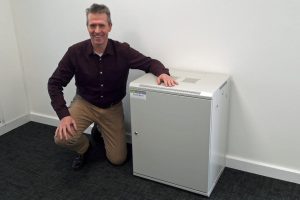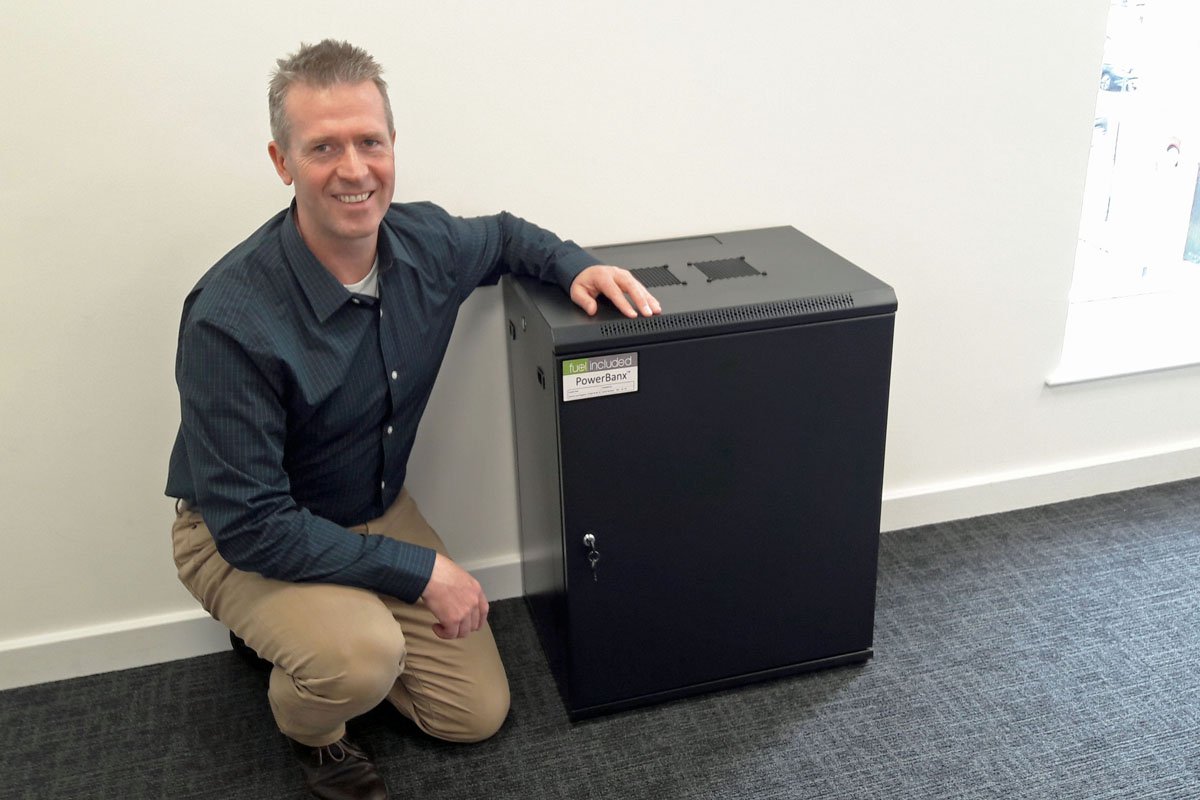Imagine this scenario for a moment: It’s a nice day out.
The sun is shining beautifully and you’re at the beach. You can feel the sand between your toes, the gentle breeze carrying the scent of salt to your nose as it passes through your hair. The water is gently flirting with the shore in happy, foaming waves that bring pieces of wood, rocks, and the occasional fish before retrieving back into her embrace. It’s cool, a sensual contrast to the warm sand, as it washes over your feet.
Somewhere, there’s a gentle rhythm matching the waves tapping on the bongo drums accompanied by a soft bass line with vibrations that your heart’s beat slowly starts to match. A deep baritone of a local musician croons about his love of the sea.
Take this idyllic scene inside your head and rip it apart with strong winds, harsh floods, and the screams of those trapped in the floodwaters or their attics with no food or water. See the utter devastation that only a storm such as Dorian or Maria can bring. The only sounds are of roaring wind and quivering voices praying to God that they will survive. Or maybe screams of agony or fear as someone prepares to face their own death.
This is what hurricanes do, and they aren’t going to go away simply because we hope they will. Hurricanes aren’t the only natural disasters out there, either. In California, engineers created buildings that can withstand earthquakes. When it comes to islands and communities that often fall victim to natural disasters, we need to consider energy storage.

Tanjent’s PowerBanx X battery storage, in pale grey enclosure (Image: Tanjent)
Some say, “Just move away,” in complete ignorance of a way of life and the many family connections, friendships, and responsibilities people may have. Many residents of islands such as the Bahamas, Puerto Rico, Haiti, Jamaica, and Bermuda, just to name a few, grew up there — it’s their home. Moving is a great short-term solution for some, but a long-term solution is needed for these types of events.
Energy Storage Is Key
What is energy? It’s what we use — whether it’s electricity we use to see in the dark or gas to cook on the stove. When it comes to preparing for disasters such as hurricanes, many people buy generators. But what if we had something better? What if we had something that would not fall apart in the event of a hurricane or an earthquake and that doesn’t cost so much money?
What if there was no need for generators because we had something that could withstand the might of these storms?
Last week, the Director of California Energy, Michael Colvin, wrote an article for the Environmental Defense Fund that shows that extreme weather is indeed fueling the energy storage boom.
Read more: Clean Technica



